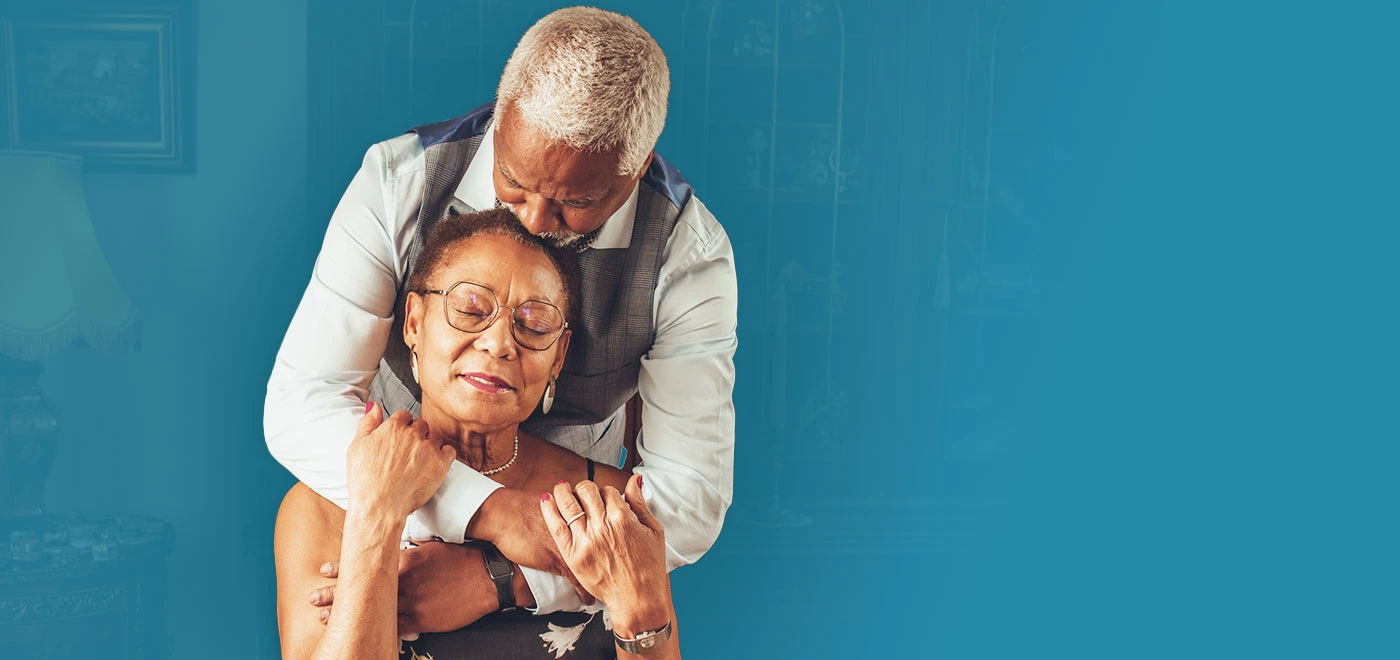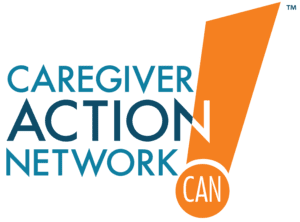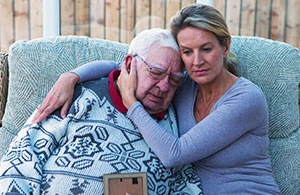Caretaker vs Caregiver: Understanding the Difference in Roles
Caretaker vs Caregiver: Understanding the Difference in Roles

The roles of caretaker and caregiver are often used interchangeably, but they have distinct meanings, responsibilities, and emotional dynamics. These differences are especially significant in the context of caregiving for loved ones with chronic illnesses, disabilities, or the elderly.
In this article, we’ll explore what sets caregivers apart from caretakers, clarify the boundaries of each role, and discuss how understanding these differences can create healthier relationships and more effective support.
What Is a Caregiver?
A caregiver is someone who provides emotional, physical, and psychological support to individuals who cannot fully care for themselves due to illness, disability, or aging. Whether professional or a family member, caregivers typically focus on empowering the person they care for, respecting their autonomy, and helping them retain control over their lives.
Duties of a Caregiver:
- Assisting with daily living: Caregivers help with tasks like bathing, dressing, and feeding.
- Emotional support: Offering companionship and moral support is a key aspect of caregiving.
- Healthcare management: Caregivers may administer medication, attend appointments, and track health status.
- Encouraging independence: While they assist with tasks, caregivers focus on empowering the care recipient to make decisions and be responsible for their own actions.
A caregiver’s work is often unpaid, driven by compassion and a desire to improve their loved one’s quality of life. As family caregivers continue to rise, with over 9.5 million new family caregivers since 2015, the emotional weight of caregiving can be profound.
What Is a Caretaker?
A caretaker is traditionally someone paid to manage or maintain something, whether it’s a property, animals, or sometimes even people. While they can provide similar physical assistance to caregivers, the key distinction is that caretakers often see their role as a job, not one rooted in emotional connection or empathy.
Duties of a Caretaker:
- Supervising property or individuals: Ensuring that a house, land, or individual is maintained and cared for, often while the owner or primary caregiver is away.
- Physical care: In the case of human caretaking, tasks might include feeding or administering basic physical care, but often without the emotional connection that characterizes caregiving.
- Transaction-based relationship: Unlike caregivers, caretakers typically expect compensation for their services. This transactional nature can lead to a more controlled or detached approach to care.
Caregiver vs. Caretaker: Key Differences
The main difference between a caregiver and a caretaker lies in their motivation and emotional investment. Caregivers, especially family caregivers, offer care out of love and empathy. They aim to empower the person they care for. On the other hand, caretakers perform their duties as a job, with the focus on maintaining the status quo or meeting the requirements of the job rather than fostering emotional growth or independence.
- Boundaries: A caregiver establishes healthy boundaries to avoid burnout and codependency, while a caretaker may develop a controlling dynamic, leading to an imbalanced relationship.
- Emotional connection: Caregivers typically build deep emotional bonds with those they care for, while caretakers maintain a professional distance.
- Compensation: Caregivers, particularly family caregivers, do not expect payment, whereas caretakers are employed for their services.
Crossing the Line: When Caregiving Turns into Caretaking
Even family caregivers can slip into a caretaking role if boundaries aren’t maintained. This can create an unhealthy codependent relationship, where the care recipient becomes overly reliant on the caregiver, and the caregiver assumes excessive control. This dynamic is dangerous as it fosters resentment, frustration, and an unhealthy power imbalance.
Signs You’ve Become a Caretaker:
- Feeling superior or needed: Believing that you know what’s best for the person in your care and expecting them to follow your recommendations.
- Expecting something in return: Unlike a caregiver, who gives freely, a caretaker may feel entitled to recognition or control in return for their services.
- Taking over decisions: When a caregiver begins to make all decisions for the care recipient without considering their autonomy, they have transitioned into a caretaking role.
Why Boundaries Matter in Caregiving
Caregivers need to maintain well-defined boundaries to avoid the trap of caretaking. By doing so, they can help their loved ones retain as much independence as possible, reduce their own emotional stress, and avoid the pitfalls of caregiver burnout.
Healthy caregiving requires clear communication, respect for the care recipient’s personal choices, and a balanced approach to supporting them while still allowing them to take responsibility for their actions.
Resources for Caregivers
For caregivers looking to maintain their well-being and prevent the shift into unhealthy caretaking, there are numerous support networks and resources available. These include:
- Caregiver Action Network: Offers valuable tips and resources for caregivers, including a help desk for personalized advice.
- Family Caregiver Alliance: Provides support and educational materials for family caregivers.
- National Alliance for Caregiving: A nonprofit dedicated to improving the lives of family caregivers.
For those managing professional caregiving roles or who need guidance on setting boundaries, exploring online forums or joining support groups can offer much-needed assistance.
Making Caregiving Sustainable
Whether you identify as a caregiver or caretaker, understanding the differences in these roles can make your care more effective and healthier for everyone involved. As a caregiver, your mission is to uplift and empower your loved one, whereas a caretaker provides a service with clear boundaries. Both roles are valuable, but it’s crucial to ensure that your emotional well-being and that of the person you’re helping remain intact.
By recognizing the differences between caregiving and caretaking, you can better navigate your responsibilities and establish the healthy boundaries necessary for long-term success.




